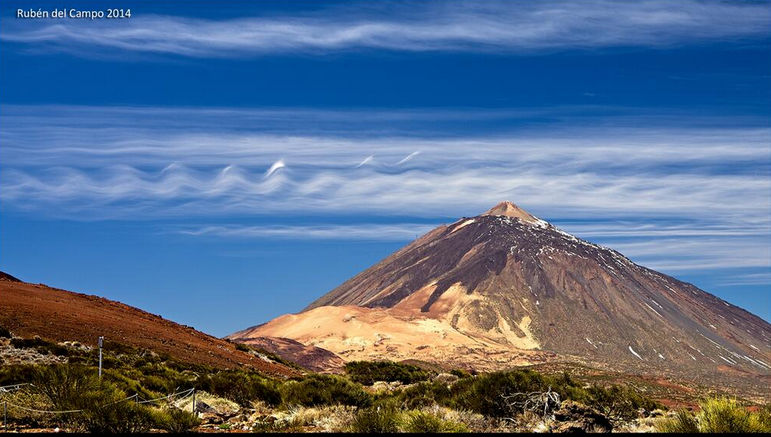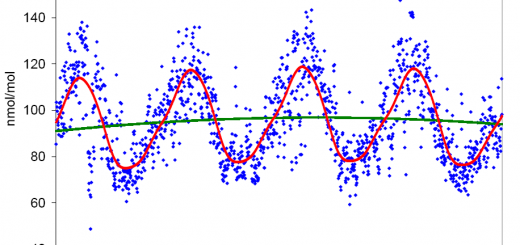New study: Ice nucleating particles in the Saharan Air Layer
![]()
The journal Atmospheric Chemistry and Physics Discussions publishes a new study on dust and ice nuclei in the Saharan Air Layer.

The formation of ice clouds requires the presence of substances that catalyse the conversation of water in liquid or vapour states to ice. These substances are so-called ice nuclei. Previous studies on the analysis of ice residues collected on ice clouds have identified to mineral dust and biological material as potential ice nuclei.
A team of scientists of the Institute for Atmospheric and Climate Science of the Swiss Federal Institute of Technology in Zurich (ETH) and of the Izaña Atmospheric Research Centre have focused on studying ice nuclei in the Saharan Air Layer, the dusty air stream that extend from North Africa to the Caribbean and the Americas above 1 km altitude. Along two summers they performed measurements (1) of the concentration, chemical composition and size of the aerosol particles, (2) of the fluorescence biological material and (3) of the ice crystals formed at temperatures between 233K and 253K (-20ºC y -40ºC) at Izaña Observatory.

Fig. 1. Saharan Air Layer (reddish) as detected by remote sensing
(sensor MODIS – Aerosol Optical Depth AOD)
The results show that a fraction (0.05 – 2 %) of the aerosol particles that blow in the Saharan Air Layer activate as ice nuclei at temperatures colder than 241 K (-32ºC). These ice nuclei are constituted by desert dust particles, specially clay and feldspar minerals. It was found also found that the efficiency for ice formation increased with desert dust is mixed with ammonium sulphate, a pollutant associated with the emissions of the industry (oil refineries, fertilizers manufactures and power plants) of North Africa and Europe and with ships in the Mediterranean.

Fig.2 Cirrus above the El Teide. Picture of Rubén del Campo @Rub_dc, meteorological observer of Izaña Observatory.
The scientific community has a great interest in understudying the processes involved in the formation of ice containing clouds, such as cirrus. These clouds are usually present at altitudes above 5 km above sea level. The contribution of such clouds to the backscattering of sun light (cooling effect) and to the absorption of terrestrial infrared radiation (warming effect) has not still been quantified with accuracy.
This is the first study in ice nuclei measurements directly into the fresh Saharan Air Layer.
This study was performed within the frame of the project AEROATLAN (2015-66229), funded by the Ministry of Economy and Competitiveness of Spain.
Publication:
|
Authors: Yvonne Boose, Berko Sierau, M. Isabel García, Sergio Rodríguez, Andrés Alastuey, Claudia Linke, Martin Schnaiter, Piotr Kupiszewski, Zamin A. Kanji, and Ulrike Lohmann. Title: Ice nucleating particles in the Saharan Air Layer Atmos. Chem. Phys. Discuss., doi:10.5194/acp-2016-192, 2016 |







